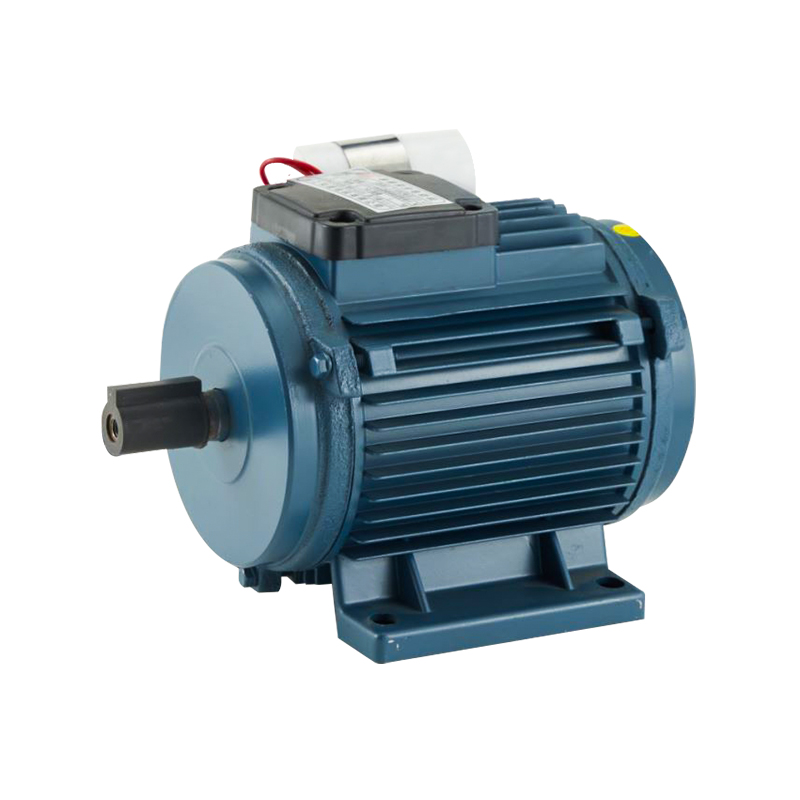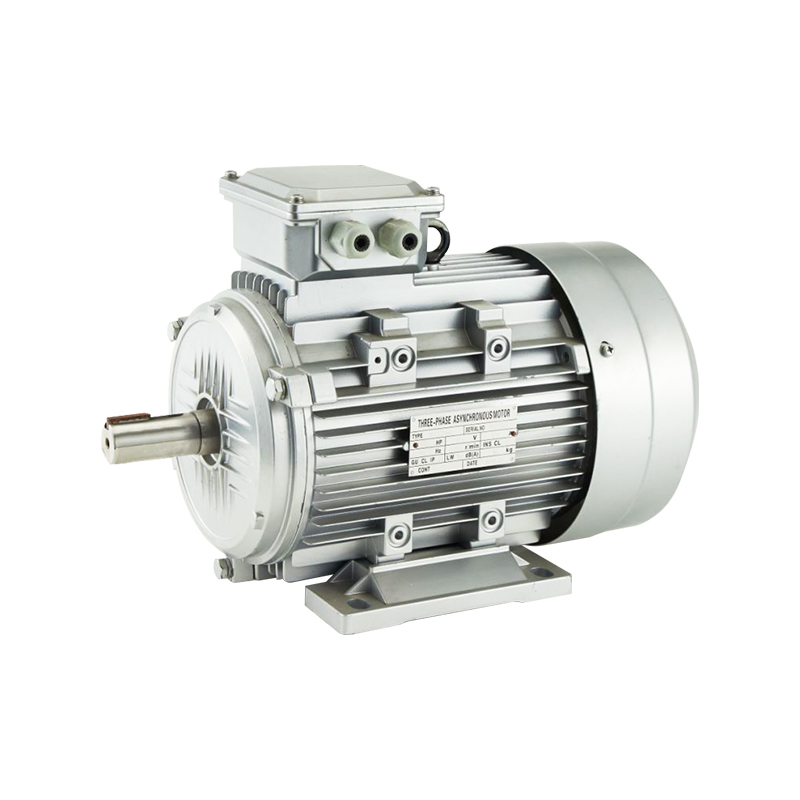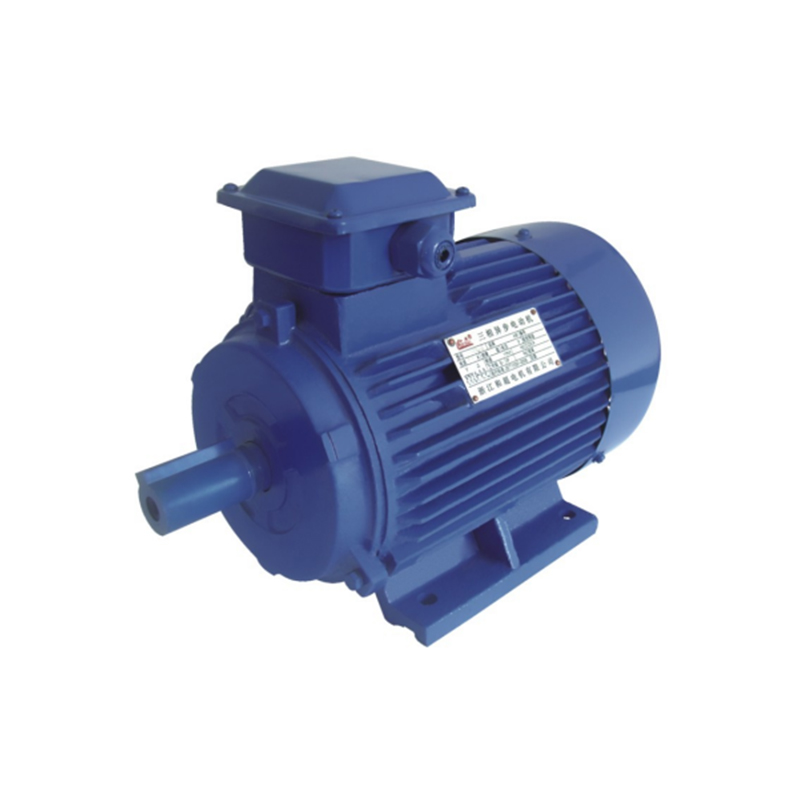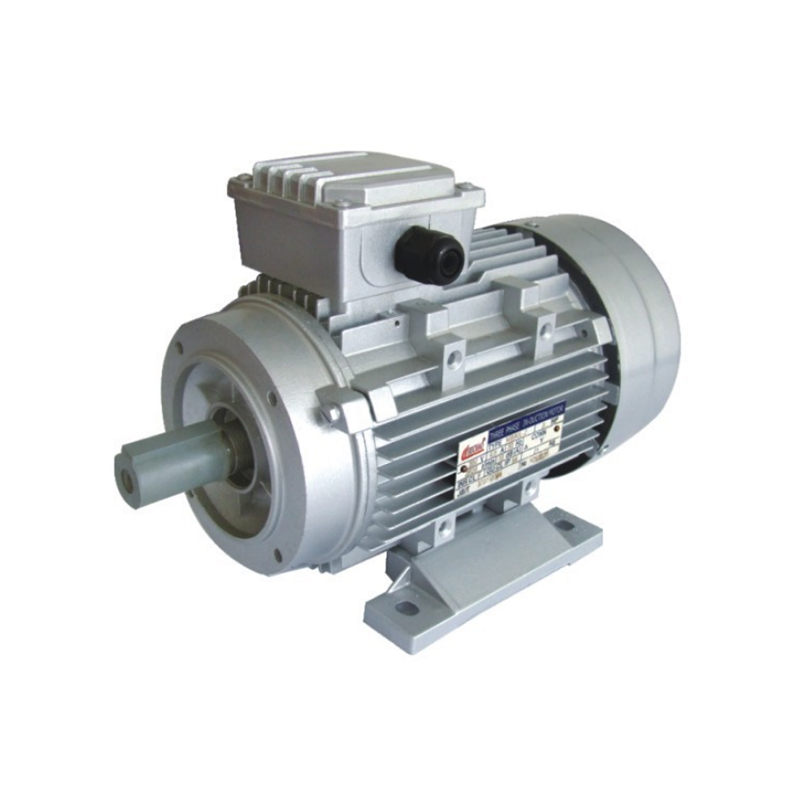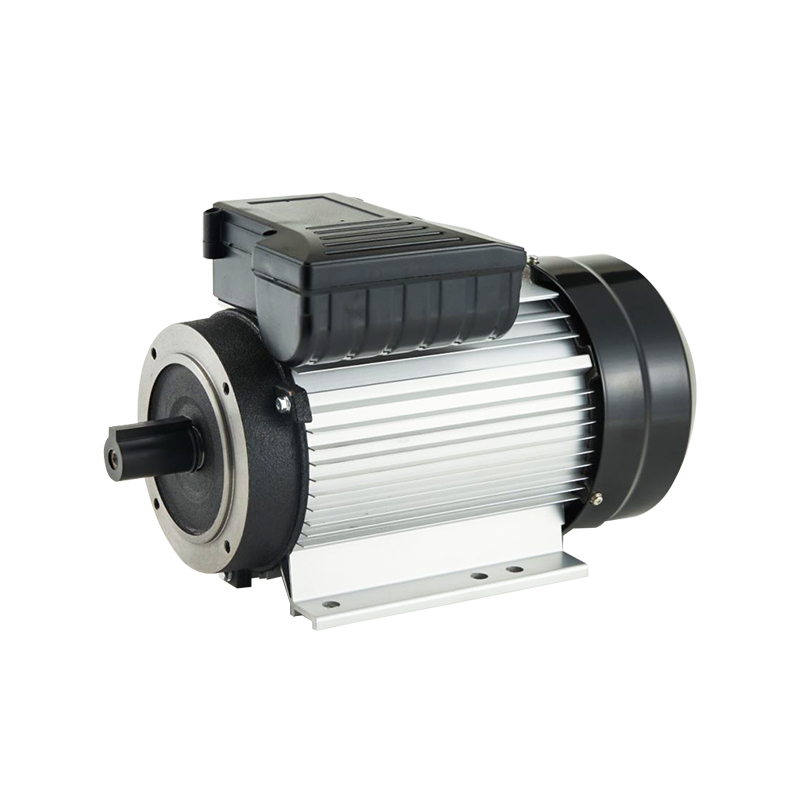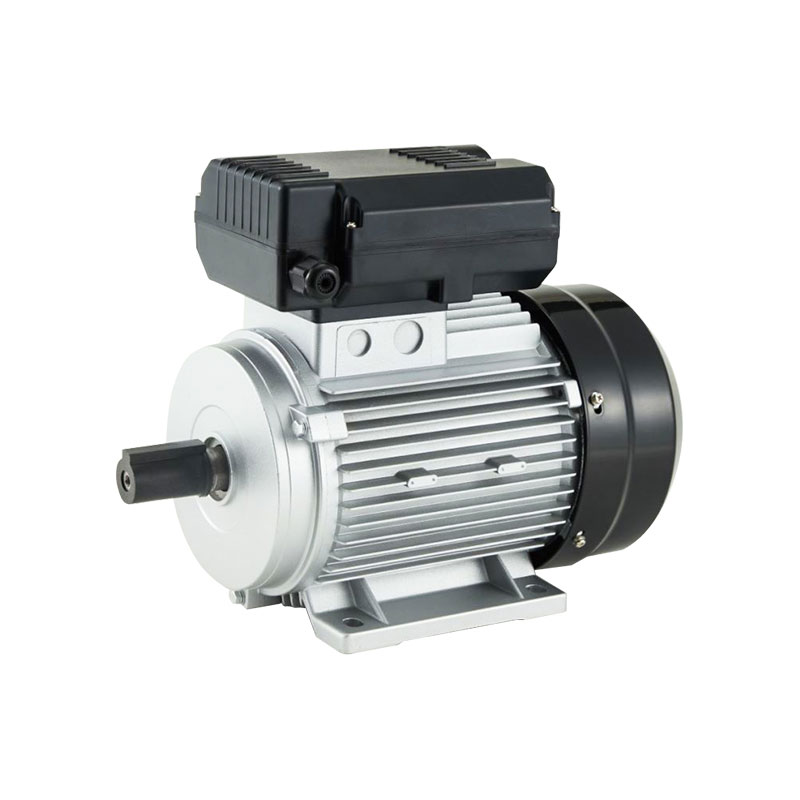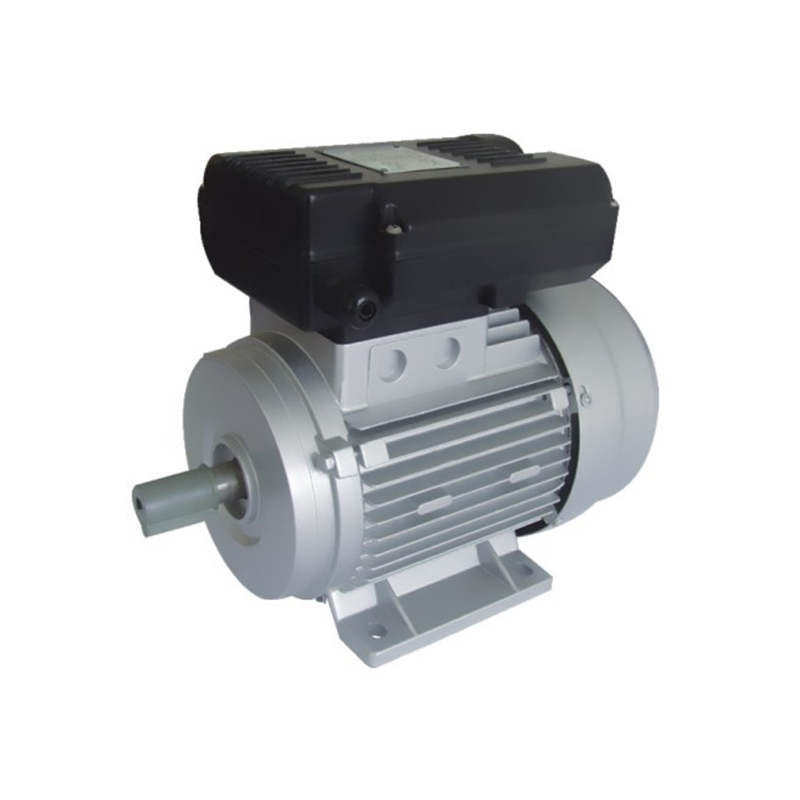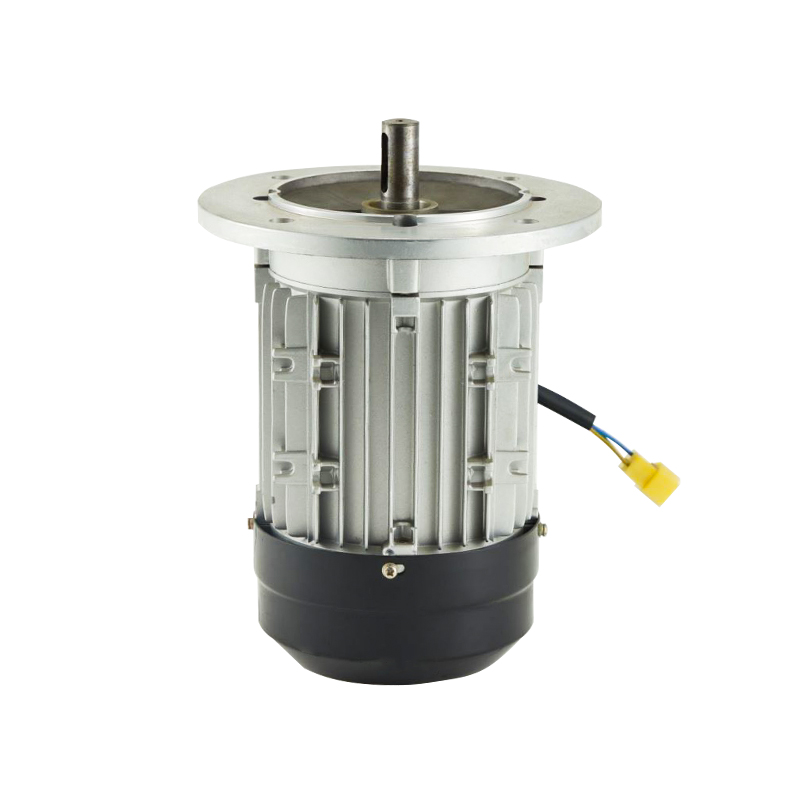Many buyers focus on brand or catalog specifications but neglect the underlying factory capabilities. Yet the factory’s operations ultimately determine consistency, quality, innovation, and responsiveness. Even if a company markets itself as an Air Compressor Motor Manufacturer, if the factory lacks experience or infrastructure, the delivered product may fall short.
Likewise, a Permanent Magnet Motor Factory branding is meaningful only if the factory genuinely masters magnetics, thermal design, and precision manufacturing. Below we break down key dimensions you should inspect when evaluating a motor factory.
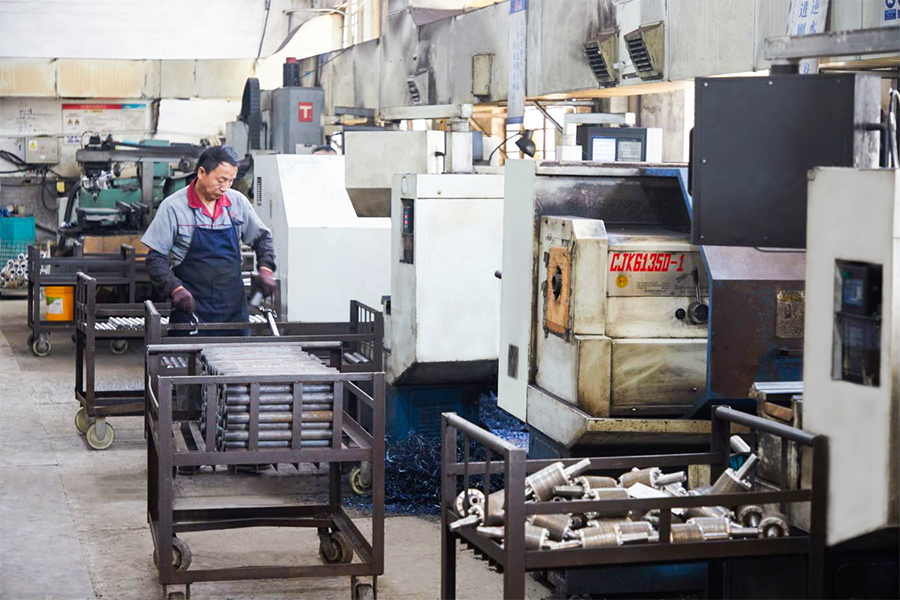
1. Manufacturing Equipment & Precision Capacity
Stator / rotor winding machines: Look for high-precision, CNC-controlled winding machines. The ability to maintain tight tolerances in winding tension, coil placement, insulation, etc., is critical.
Rotor magnetization & insertion equipment: For permanent magnet motors, magnet insertion and magnetization machines must be precise and controllable.
Balancing machines: High-speed dynamic balancing capability is necessary to ensure smooth operation at high RPMs.
Testing rigs: The factory should have full-load, no-load, thermal, vibration, and durability testing rigs. This ensures each motor is tested to spec.
2. Quality Assurance & Process Control
Quality control checkpoints: From raw material incoming inspection, dimensional checks, electrical tests (resistance, insulation), to final performance tests, the factory should have multiple checkpoints.
Statistical process control (SPC): A mature factory will monitor variation, yield, and trends to preempt defects.
Traceability: Components (magnets, laminations, bearings) should carry batch numbers, so that faulty parts can be traced back.
Certifications: Look for ISO9001. CE, CCC, and potentially additional industry-specific certifications.
3. Technical & R&D Capability
A factory that merely assembles motors is less attractive than one that actively engages in R&D, innovation, and continuous improvement.
Magnetics & Electromagnetics: For permanent magnet motors, the factory needs electromagnetic simulation (FEA), magnet design tools, thermal modeling, and testing capability.
Thermal management expertise: The factory should understand cooling (air, water, self-cooling, labyrinth, etc.), heat paths, and materials.
Control & integration skills: Because permanent magnet motors often pair with variable frequency drives (VFDs), the factory should have experience in driver matching, parameter tuning, and handling harmonics, torque ripple, etc.
Prototyping & validation labs: The ability to prototype new designs, test in real-world conditions, and iterate quickly is a major plus.
4. Magnet & Material Supply Chain
Permanent magnet motors depend heavily on the quality and stability of magnet materials (e.g. NdFeB). You should probe:
Magnet supplier diversity: A strong factory will avoid relying on a single supplier and have backup sources to mitigate supply risk.
Magnet properties & demagnetization margin: The factory should select magnet grades with sufficient coercivity and thermal stability to resist demagnetization under high temperature or overload.
Lamination steel and core materials: Quality of magnetic steel impacts iron losses; advanced factories may use high-grade silicon steel or specialty laminations.
Raw-material risk management: The factory should have strategies for handling rare-earth price volatility, stockpiling, or forward contracts.
5. Manufacturing Scale & Flexibility
Production capacity: Can the factory handle your volume (small batches to large runs)?
Flexible manufacturing: Are there flexible production lines for different motor types (asynchronous, synchronous, permanent magnet)?
Custom or special motor capability: A strong factory should accept custom orders (e.g. special motors for negative pressure fans, compressors, sprayers) without huge premiums.
Lead times & responsiveness: Smaller, more nimble factories may respond faster to urgent orders or changes.
Balance between scale (for cost effectiveness) and flexibility (for customization and agility) is important.

